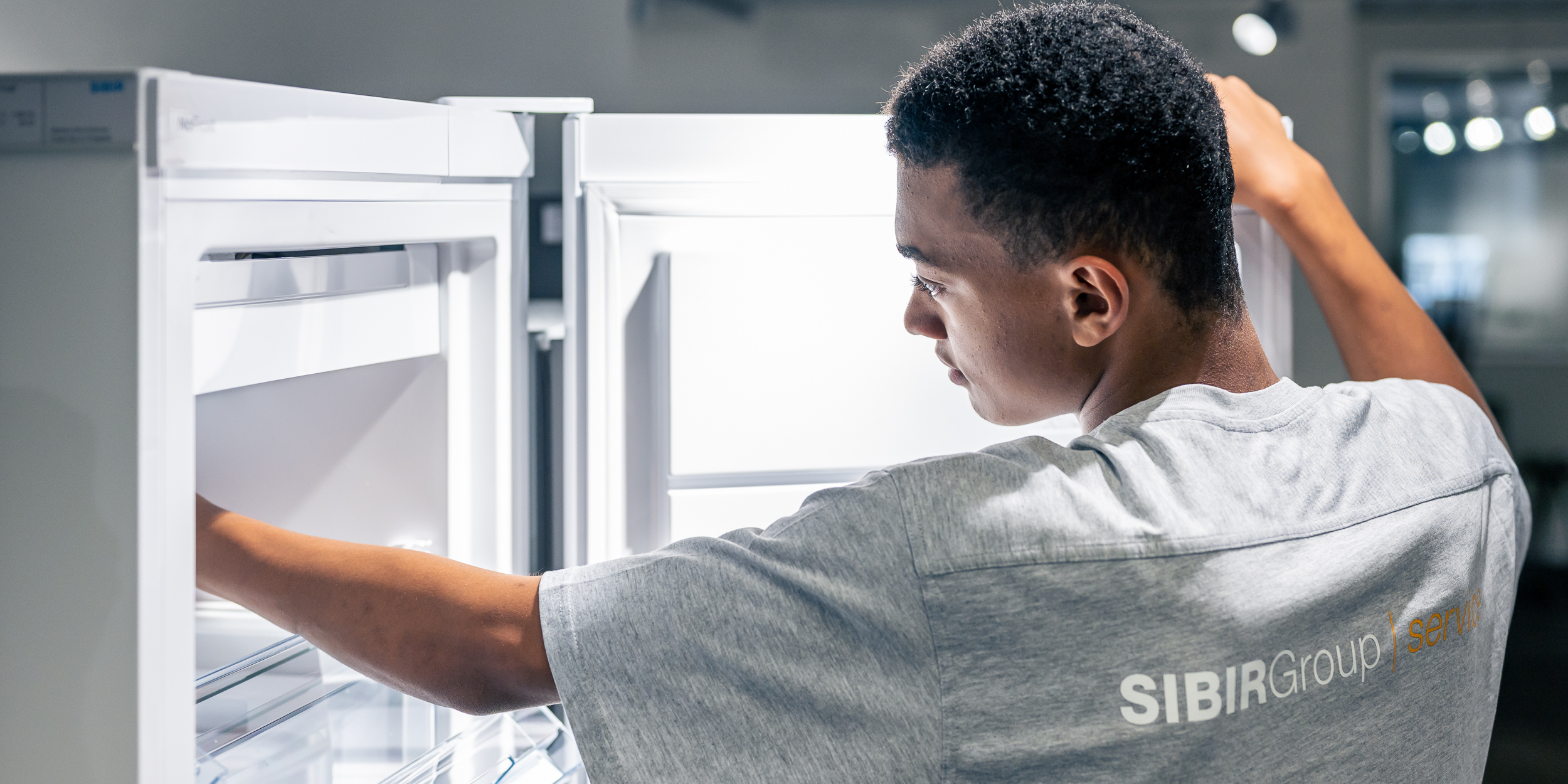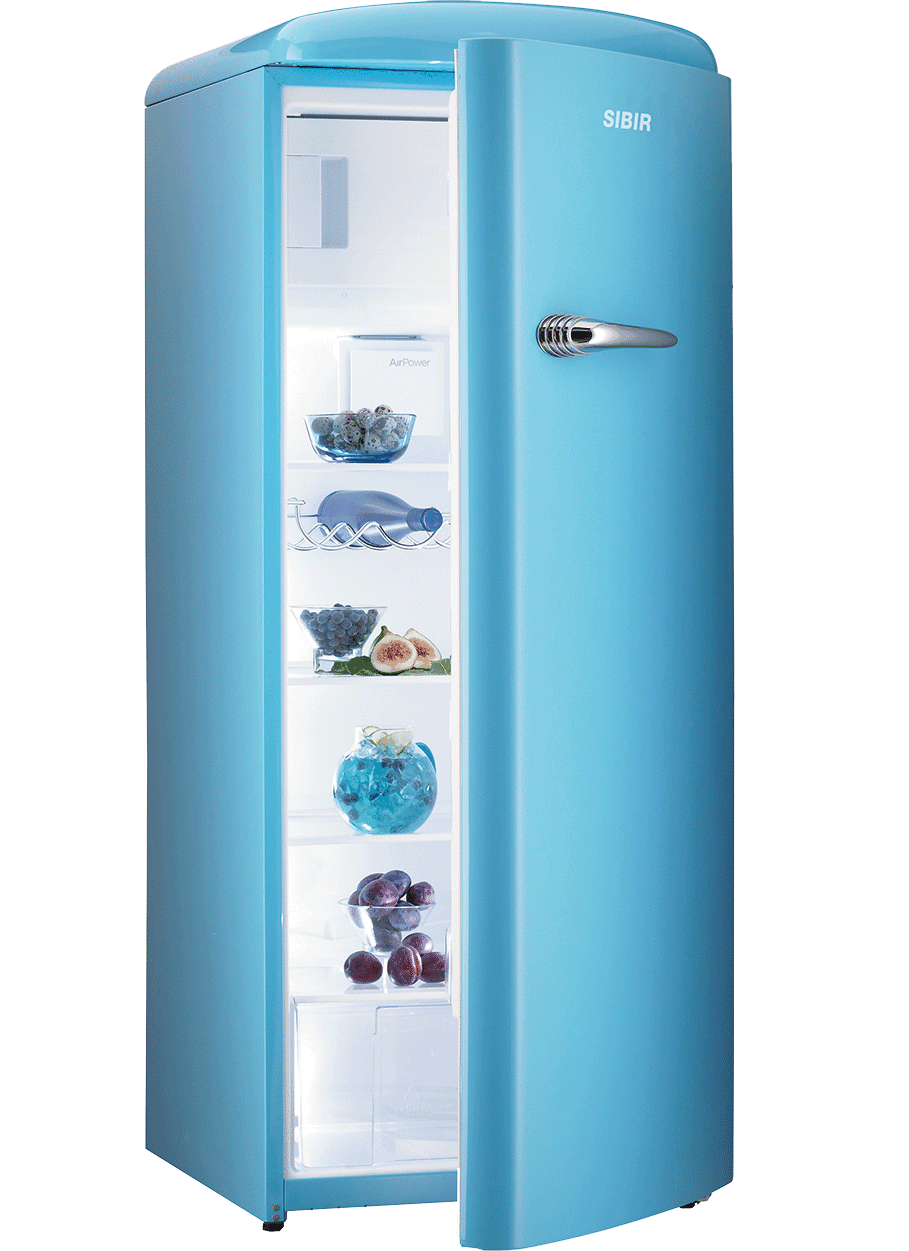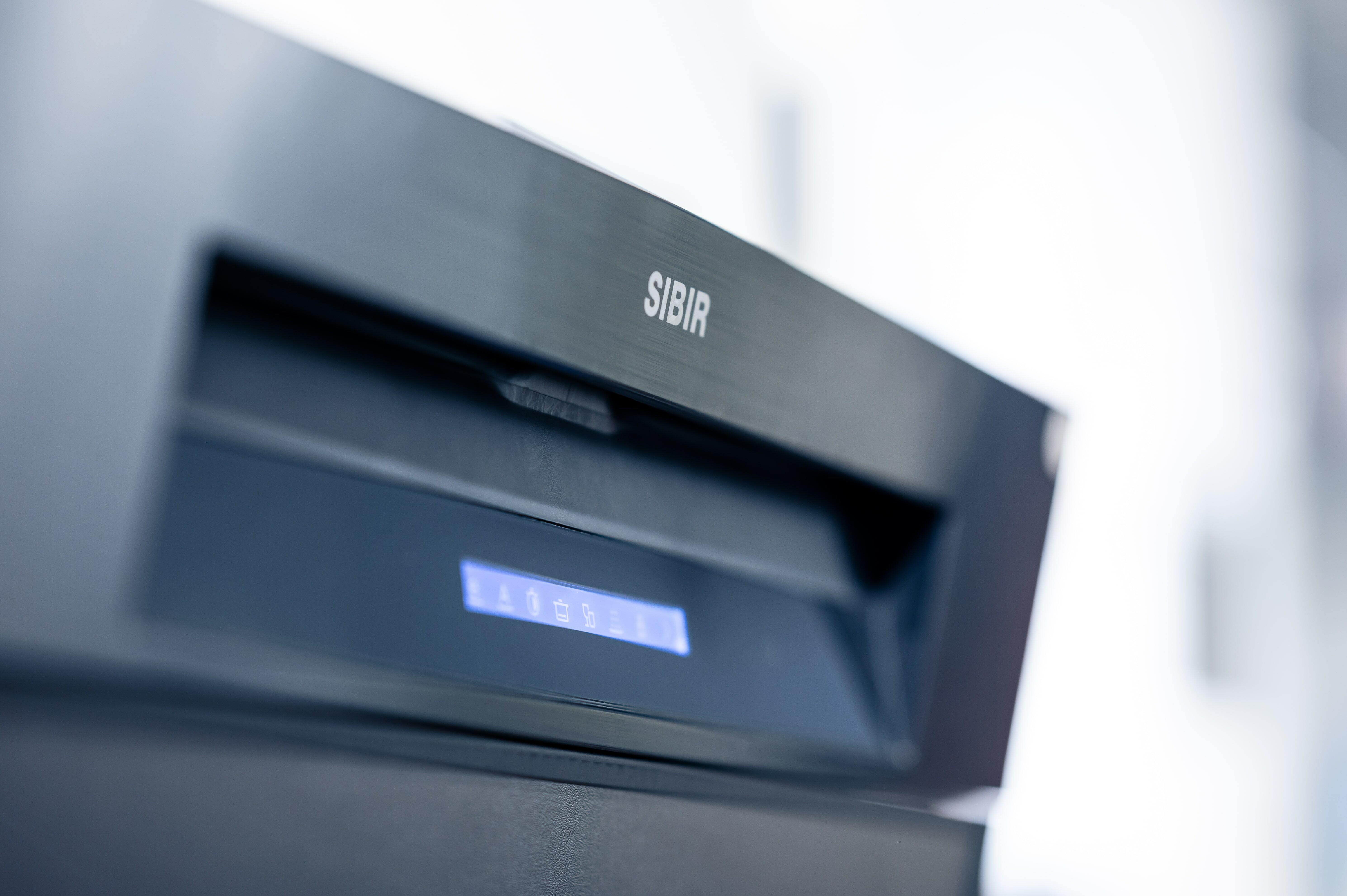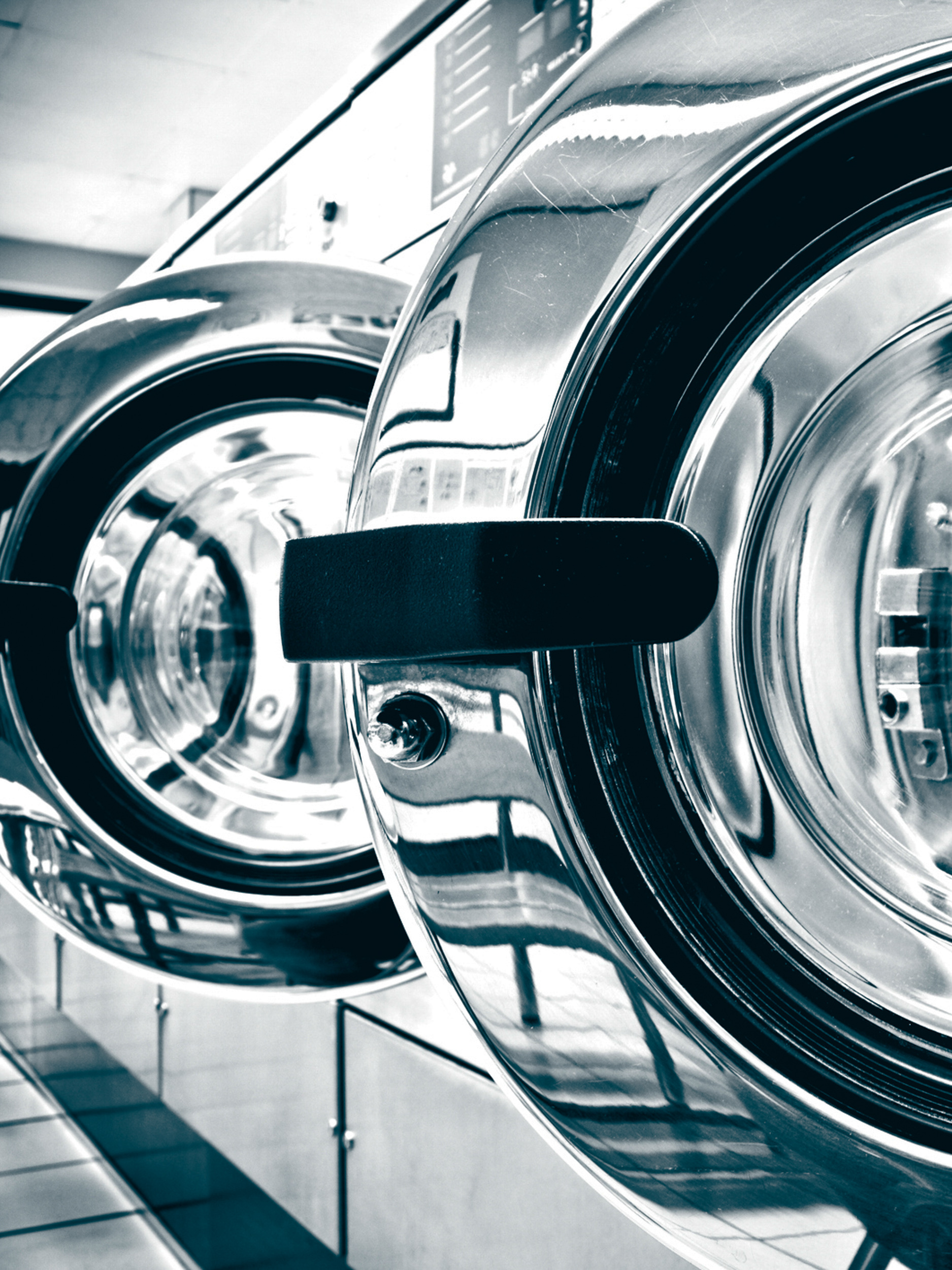Allocation of climate classifications:
SN - Subnormal: The appliance is suitable for ambient temperatures of +10°C to +32°C
This is the standard temperature range in residential buildings in Switzerland.
ST - Subtropical: The appliance is suitable for ambient temperatures of +16°C to +38°C
This standard is suitable for unheated garages and basements, for example. According to the standard, an ST class unit may consume 10% more electricity than the respective energy class for climate class N indicates.
T - Tropical: The appliance is suitable for ambient temperatures of +16°C to +43°C

What to consider when choosing a location:
If an appliance is exposed to a different ambient temperature than the stated climate classification, this can have an impact on the function, lifespan and energy efficiency. It is therefore a good idea to consider a number of criteria when choosing the location of the appliance:
Tips for choosing a suitable location:Ambient temperature: Keep in mind the ambient temperature in the room and consider the above climate classification table when purchasing an appliance.
Too cold: If ambient temperatures fall significantly below the minimum temperature according to the climate classification, this can result in malfunctions. Specifically, the oil in the compressor becomes viscous at very low temperatures and no long lubricates effectively. The consequence can be a fault in the compressor.
Too hot: If the ambient temperature is too high, this can even destroy the functionality of the refrigerating appliance. This is because an important part of the operating principle is that the coolant is cooled in the condenser (tube coil on the rear side of the appliance). When ambient temperatures are exceedingly high, this cooling is no longer assured.
Solar radiation: The refrigerating appliance should not be exposed to direct sunlight. Direct sunlight minimises the cooling performance and increases energy consumption. There is also the risk that the housing of the appliance warps due to the heat, which may result in air inflow and the formation of ice. In turn, this increases energy consumption.
Air humidity should be kept as low as possible. Otherwise, ice will increasingly form on the inside of the refrigerator. Ice on the interior walls of a refrigerator also increase its energy consumption.
Minimum distance: A minimum distance between the appliance and wall should be ensured to allow the rejection of heat.





